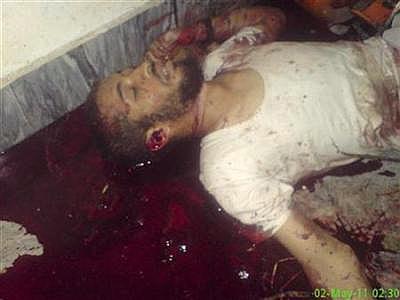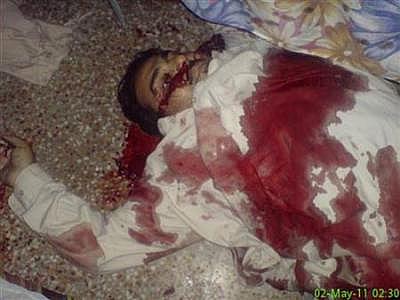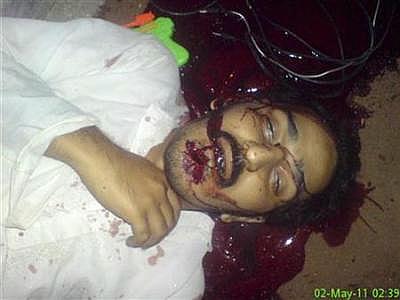MH-60 StealthHawk Helicopter Lost During Wag-the-Bin Laden Raid
By Mike Sparks

James Bond is Real.
Commander Ian Fleming RNVR (1939-1951), MI6-SIS (1936-1964) was one of the first to shoot down a helicopter--in words--at the end of Diamonds are Forever. His words described a lethal reality of a James Bond with a 20mm automatic cannon firing from the back of a truck bed to down an ex-Nazi criminal in flames. Ever since then, real bad guys have also been shooting down real good guys in helicopters, too. Later on in the 007 movies, Bond would utilize helicopters far more than Fleming ever wrote about--to include ejecting with an ubersexy female operative from a stealth attack helicopter in 1995's Goldeneye.
Americans who tend to be lazy have over the years over-relied on helicopters to direct-deliver them to objectives and suffered horrendous losses: Vietnam over 4, 000 helicopters lost, the marine screw-ups at Koh Tang island during the Mayaguez incident in 1975, their fatal collision that ruined the Iran rescue mission in 1980; their near-debacle rescuing USAF Captain O'Grady in 1995, and of course the tragic Blackhawk Down! in 1993 by an U.S. Army that should have known better.
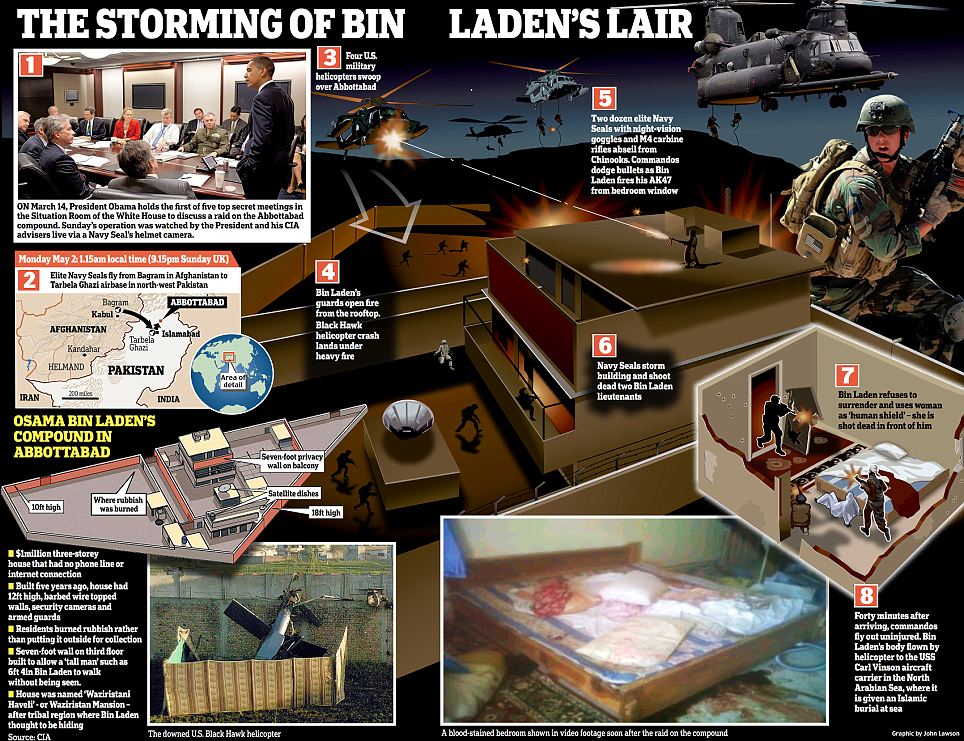
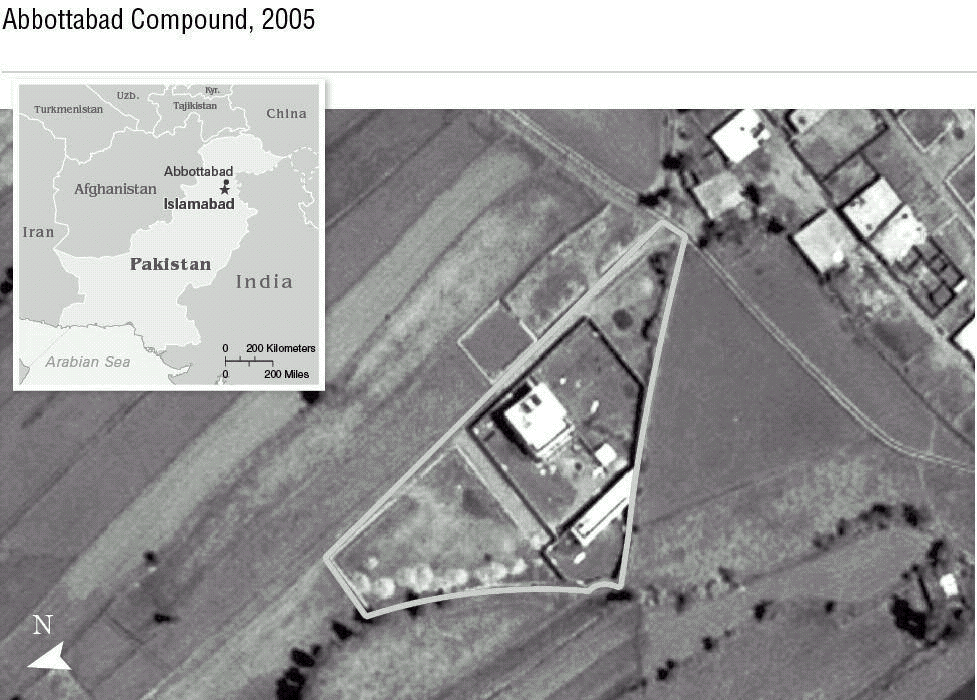
Now in 2011, during the Wag-the-Bin Laden Raid we have yet another helicopter FUBAR that could have been prevented by PARACHUTING the raid team into the adjacent open field, surrounding the compound--and then storming it by battering holes in the compound walls with 4-roadwheel M113 Mini-Gavins instead of offering hovering helicopters to be shot down or losing to the battle against the earth (TBATE) atmospherics.

Once the area is secure, THEN fly helicopters in and pick-up the commandos and Mini-Gavins (by MH-47 Chinooks). Had we done the parachute-in, helicopter-out method we wouldn't have compromised our stealth helicopter technological advantage via the lost chopper. Details:
Many countries are modifying their M113 Gavins into high-technology, full-sized 5-roadwheel and larger "Super Gavins" as the trade show art here demonstrates.
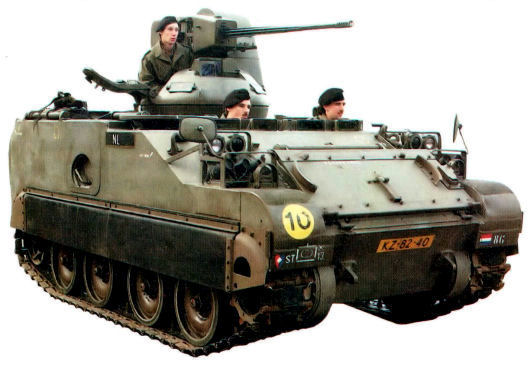
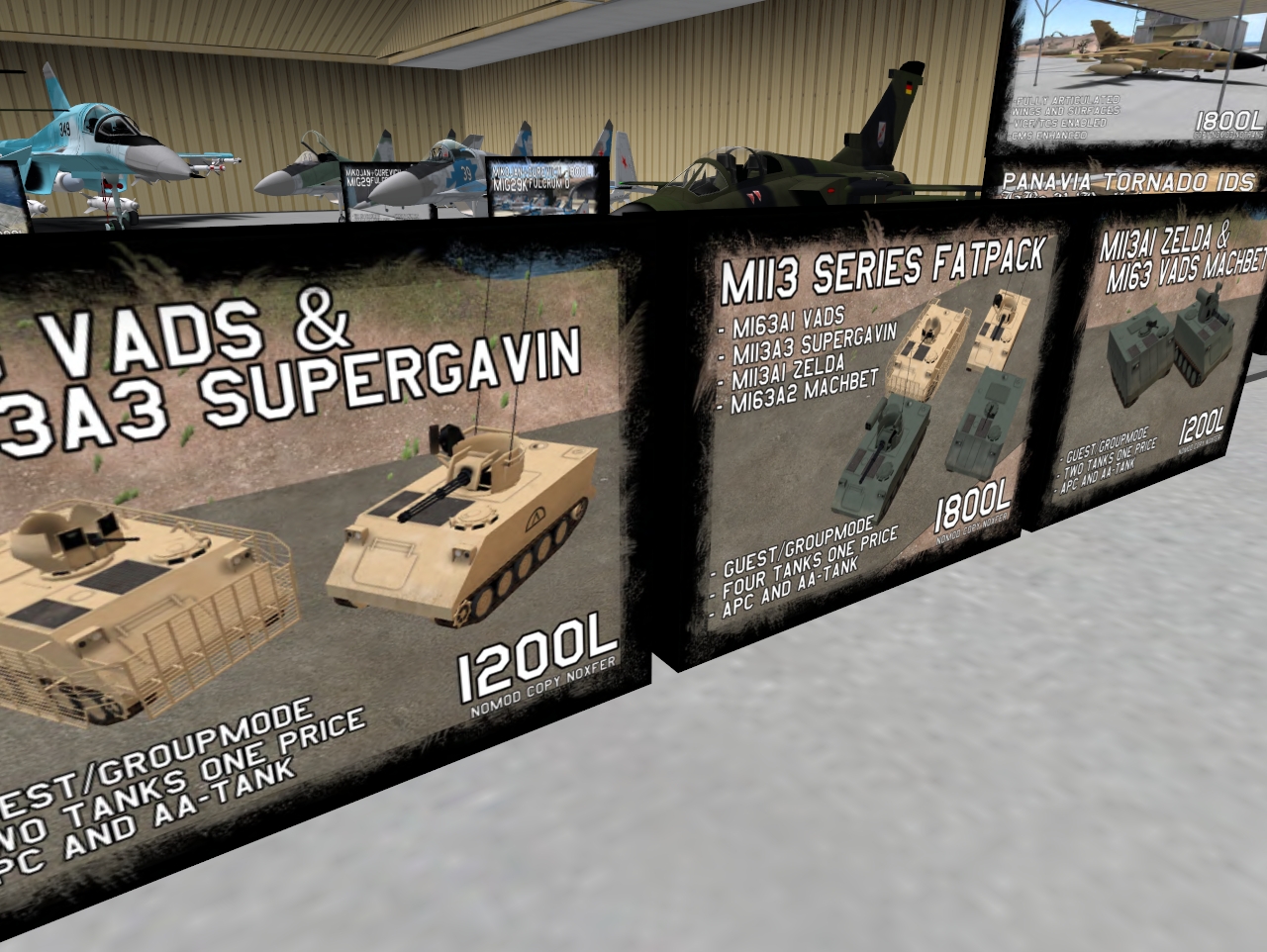
The only good aspect of this stealth helicopter revelation is that the U.S. Army participated in the raid via it's 160th SOAR--making it an Army-Navy raid or a Navy-Army raid--however you wish to refer to it. Apparently, no marines, so mission was not a disaster to have to hear their whiny excuses for years to come afterwards. We can actually admit to mistakes and learn from them for next time. That the USSOCOM community innovated with the stealth helicopters is commendable, which means they recognize helos are too noisy to surprise enemies and are DOING SOMETHING ABOUT IT. Bravo.
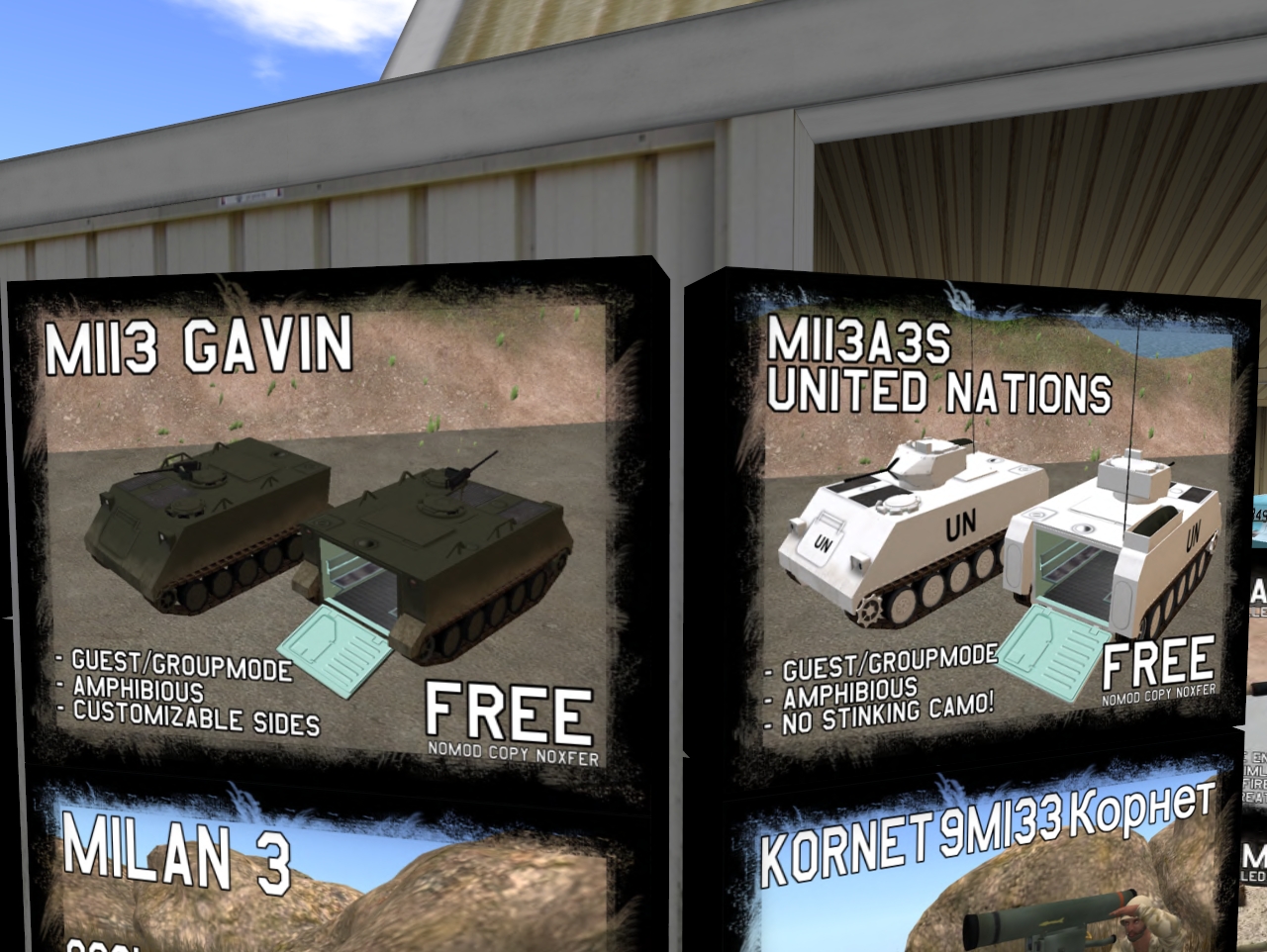
CHICOM speculation of the MH-60 StealthHawk configuration
http://news.yahoo.com/s/time/20110504/us_time/httpnewsfeedtimecom20110504couldthebinladenraidhaverevealedasecretnewhelicopterxidrssfullnationyahoo
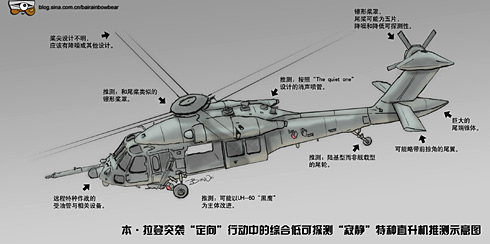
Could the Bin Laden Raid Have Revealed a Secret New Helicopter?
By Michelle Travierso - Wed May 4, 5:40 pm ET
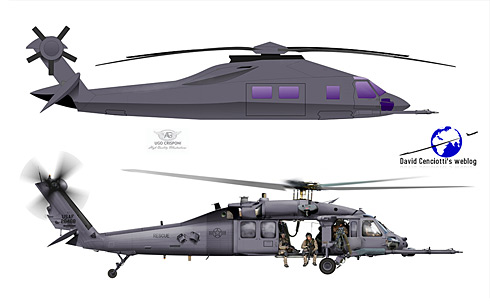
A picture of the tail rotor of the chopper that the Navy SEALs' Team Six detonated revealed unfamiliar features. Reports say it could be a new, secret helicopter.
When the Team Six members reached Osama bin Laden's compound in Abbottabad one of the choppers made a "controlled but hard landing," according to reports, probably due to higher than expected temperatures.
Temperatures affects the density of the air, and low density makes it harder for the rotor to sustain the weight of the chopper, especially if it was near its maximum weight (being packed with Soldiers and fuel to fly in from Afghanistan). Abbottabad is about 1200 meters above the sea level, and altitude also affects air density. (Inside the Osama bin Laden Strike: How America Got Its Man.)
So what machine exactly experienced the hard landing described above? Short answer: we don't know for sure. Long answer: It seems that the tail rotor visible in the picture belongs to a highly modified version of the H-60, the chopper of choice of the special forces for more than 30 years. Aviation Week doesn't beat around the bush, claiming: "A previously undisclosed, classified stealth helicopter apparently was part of the U.S. task force that killed Osama bin Laden in Pakistan on May 1."
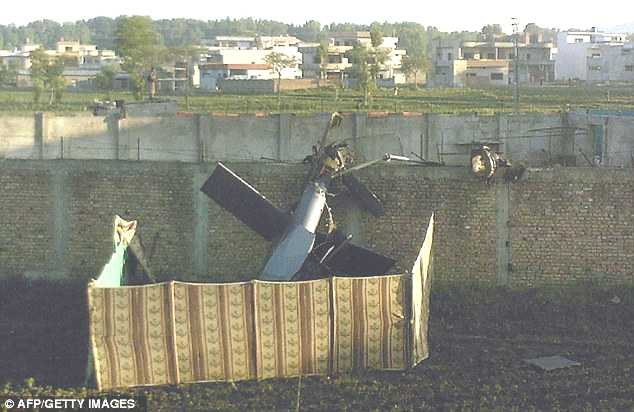
Stealth technology on helicopters is not itself new, but the fact that a previously unknown machine was used in this raid is yet another proof of the degree of importance that this mission had for U.S. commanders. (Watch President Obama's announcement of Osama bin Laden's death.)
Aviation Week then goes techie and explains what we can see from that picture: "Photos disseminated via the European PressPhoto agency and attributed to an anonymous stringer show that the helicopter's tail features stealth-configured shapes on the boom and the tail rotor hub fairings, swept stabilizers and a 'dishpan' cover over a five-or-six-blade tail rotor. It has a silver-loaded infrared suppression finish similar to that seen on V-22s."
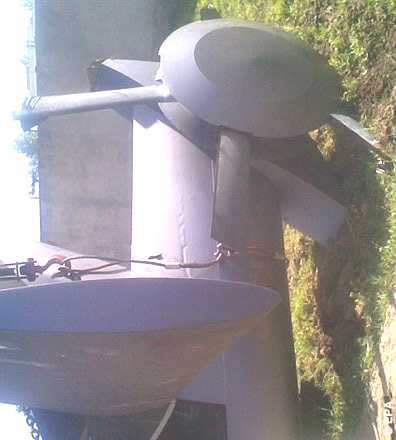
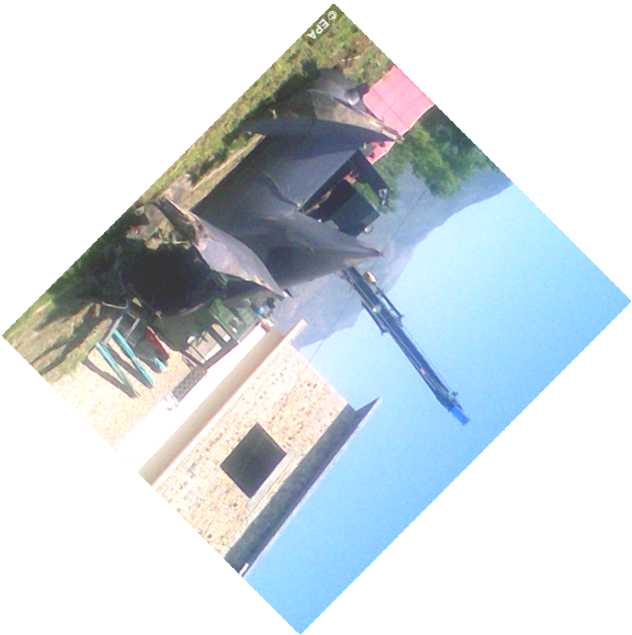
Low radar visibility was essential, for the Pakistani air force would have either scrambled its jets if an unknown threat to its airspace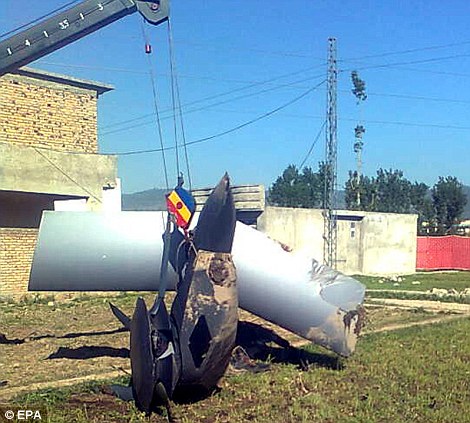
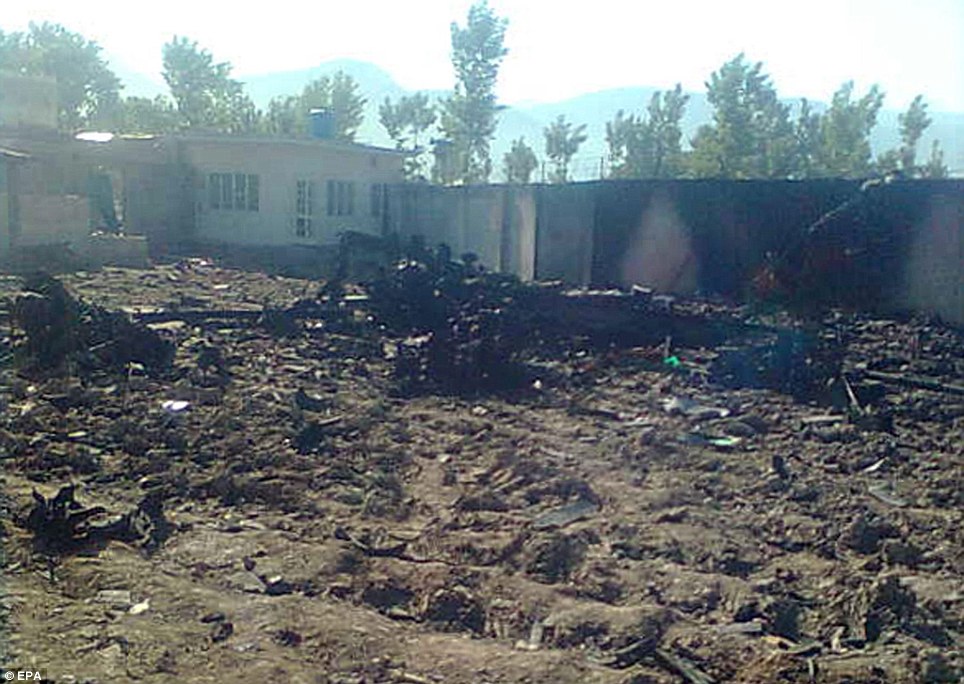
This would explain why the SEALs wasted critically precious time to blew up the mysterious helicopter and why many experts had problems identifying its remains. It's unclear what Pakistan could have made of the downed chopper, but growing ties between Pakistani and Chinese armed forces could have made the destruction of such new machine a must. China and Pakistan, over the past two decades, have developed a multi role combat aircraft called JF-17 and an advanced trainer, the JL-8.
The Navy SEALs usually fly in the famed Sikorsky UH-60, popularized by the movie BlackHawk Down!, in which two UH-60 were shot down in Somalia, resulting in the death of 18 [correction: 19] men.
BlackHawk Down! was a scenario, insiders say, that together with first attempt to rescue the hostages held at the U.S. embassy in 1980 in Iran, that's been evoked constantly in the planning phases leading to the May 1 raid, as examples of potentially disastrous outcomes.
[EDITOR: try other methods knuckleheads! combatreform.org/c130.htm]
(Via Aviation Week)
www.aviationweek.com/aw/generic/story_channel.jsp?channel=defense&id=news/awx/2011/05/03/awx_05_03_2011_p0-318248.xml&headline=Bin%20Laden%20Raid%20May%20Have%20Exposed%20Stealth%20Helicopter
Helo
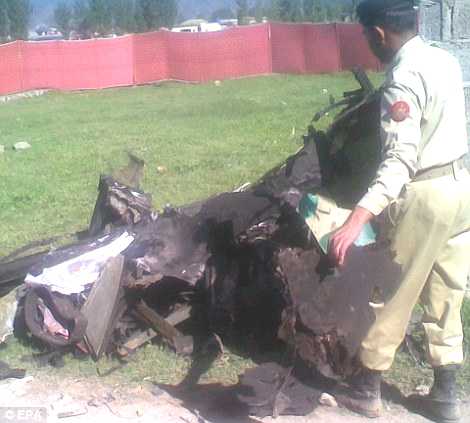
May 4, 2011
By Bill Sweetman
william_sweetman@aviationweek.com
A previously undisclosed, classified stealth helicopter apparently was part of the U.S. task force that killed Osama bin Laden in Pakistan on May 1.
The exact type of helicopter is unknown but it appears to be a highly modified version of an H-60 Blackhawk. Photos disseminated via the European PressPhoto agency and attributed to an anonymous stringer show that the helicopter's tail features stealth-configured shapes on the boom and the tail rotor hub fairings, swept stabilizers and a "dishpan" cover over a five-or-six-blade tail rotor. It has a silver-loaded infrared suppression finish similar to that seen on V-22s.
See AviationWeek.com/ares for some photographs.
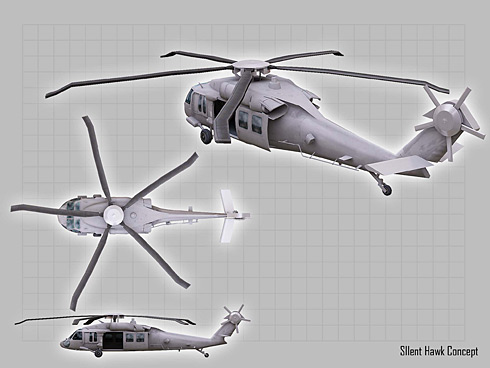
The aircraft was damaged during the mission and abandoned. The mission team destroyed most of the airframe but its tail section landed outside the wall of the target compound and escaped demolition.
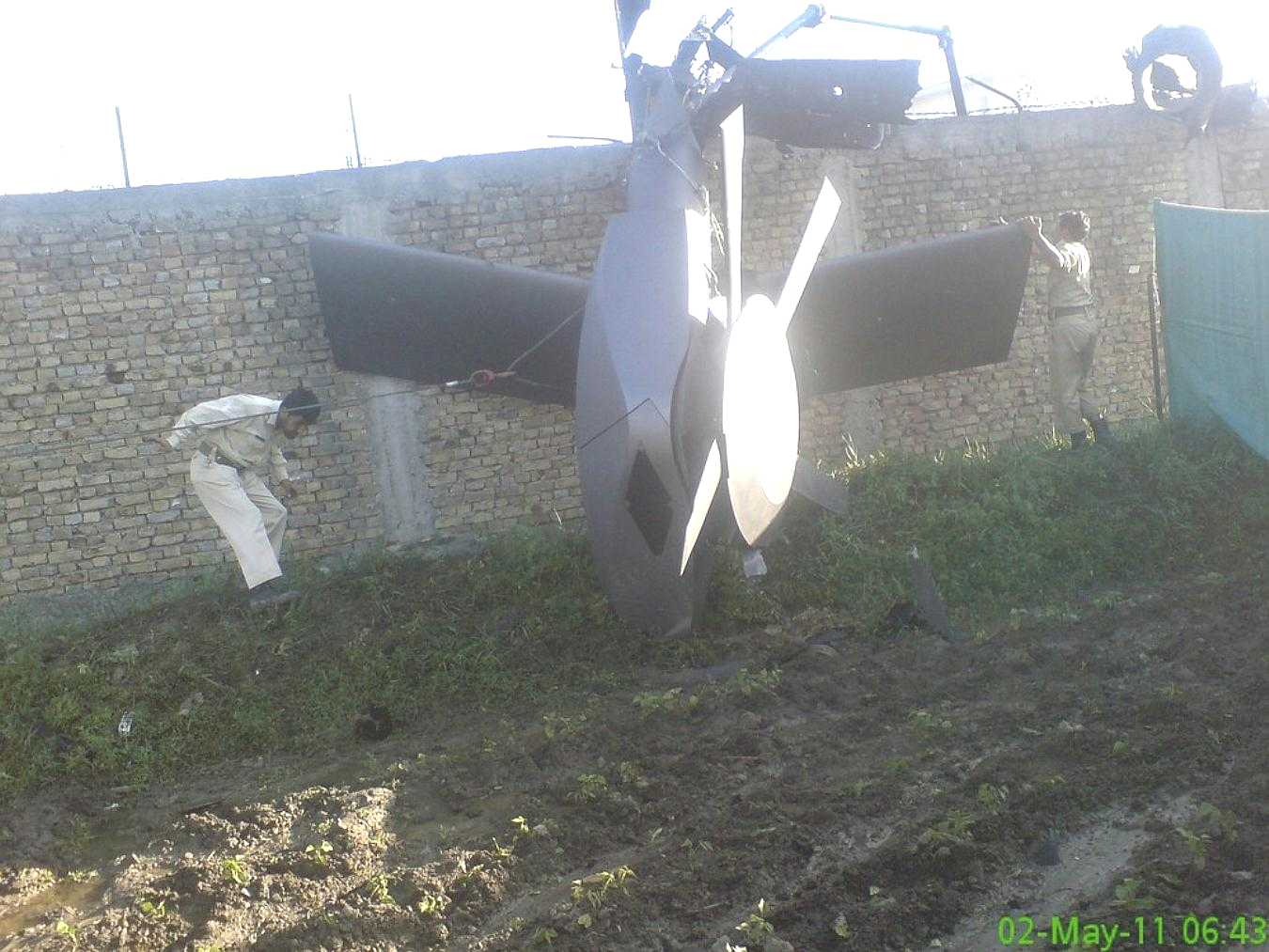
Stealth helicopter technology is not new and was applied extensively to the Boeing/Sikorsky RAH-66 Comanche, cancelled in 2004. Compared with fixed-wing stealth, more emphasis is usually placed on noise and infrared signatures.
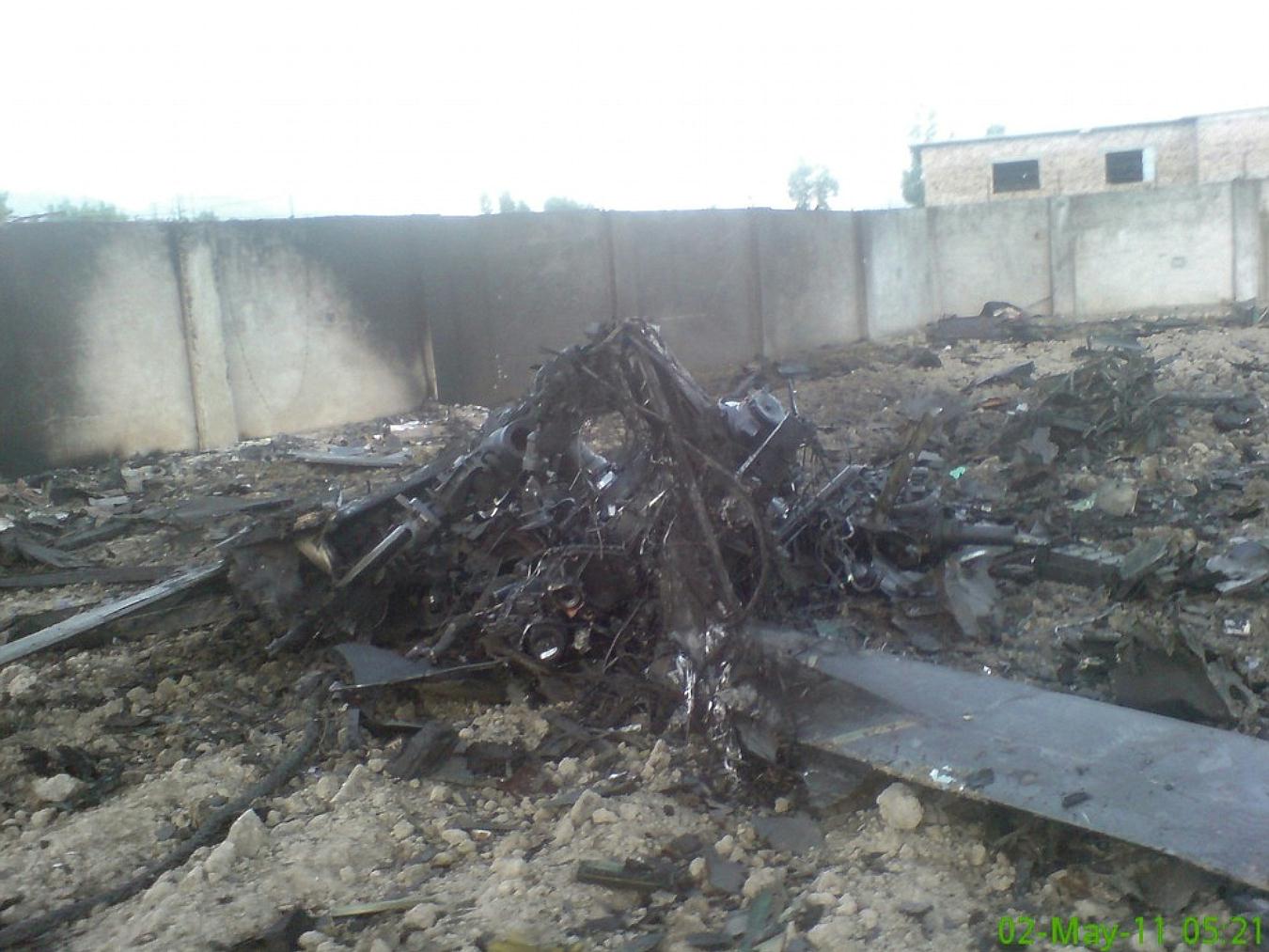
U.S. Army's RAH-66 Comanche was not put into service
Noise can be reduced and made less conspicuous by adding blades to the main and tail rotors. It can also be reduced by aerodynamic modifications and flight control changes that make it possible to reduce rotor rpm, particularly in forward flight below maximum speed. Infrared reduction measures are crucial - the Comanche had an elaborate system of exhaust ducts and fresh-air ejectors in its tailboom.
Radar cross-section (RCS) reduction measures include flattened and canted body sides, making landing gear and other features retractable, and adding fairings over the rotor hubs. It usually is not possible to achieve the same - you can't make a helo as radar-stealthy as a fixed-wing airplane, but helicopters generally operate at low altitude in ground clutter. Reducing RCS also makes jamming more effective, whether from the aircraft itself or from a standoff jammer.
www.armytimes.com/news/2011/05/army-mission-helocopter-was-secret-stealth-black-hawk-050411/
By Sea Naylor - Staff writer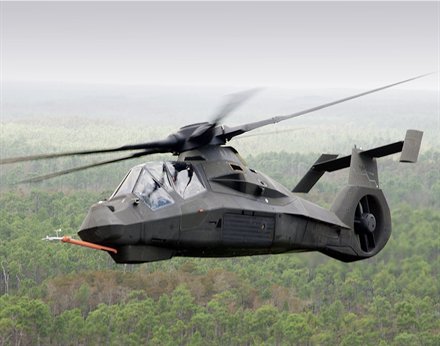
Mission Helo was Secret Stealth BlackHawk
Posted : Wednesday May 4, 2011 18:07:39 EDT

The helicopters that flew the Navy SEALs on the mission to kill Osama bin Laden were a radar-evading variant of the special operations MH-60 BlackHawk, according to a retired special operations aviator.
The helicopter's low-observable technology is similar to that of the F-117 Stealth Fighter the retired special operations aviator said. "It really didn't look like a traditional BlackHawk," he said. It had "hard edges, sort of like an F-117, you know how they have those distinctive edges and angles - that's what they had on this one."
In addition, "in order to keep the radar cross-section down, you have to do something to treat the windshield," he said. If a special coating was applied to the windshield it is "very plausible" that would make the helicopter more difficult to fly for pilots wearing night-vision goggles, he said. The helicopters carrying the SEALs arrived over the bin Laden compound at about 1 a.m. Monday local time. One crash-landed in the courtyard and was so badly damaged it was unable to take off again.
That crash landing might have been caused by a phenomenon known as "settling with power," which occurs when a helicopter descends too quickly because its rotors cannot get the lift required from the turbulent air of their own downwash. "It's hard to settle with power in a BlackHawk, but then again, if they were using one of these [low-observable helicopters], working at max gross weight, it's certainly plausible that they could have because they would have been flying so heavy," the retired special operations aviator said, noting that low-observable modifications added "several hundred pounds" to the weight of the MH-60, which already weighs about 500 to 1000 pounds more than a regular UH-60 BlackHawk.
The special operations troops on the bin Laden mission destroyed the stricken aircraft - most likely using thermite grenades - but the resultant fire left the helicopter's tail boom, tail rotor assembly and horizontal stabilizers intact in the compound's courtyard.
Photographs of the wreckage taken the next day raced around the Internet, creating a firestorm of speculation among military aviation enthusiasts because the tail of the helicopter did not resemble any officially acknowledged U.S. military airframe.
This was to be expected, the retired special operations aviator said. "Certain parts of the fuselage, the nose and the tail had these various almost like snap-on parts to them that gave it the very unique appearance," he said. He and another source referred to the disc-shaped device that is seen covering the tail rotor in the photographs as a "hubcap."
If the radar-evading technology worked, it "would be a true statement" to say that the use of the low-observable Black Hawks was evidence that the United States gave Pakistani authorities no advance warning of the mission, the retired special operations aviator added.

The low-observable program started with AH-6 Little Bird special operations attack helicopters in the 1980s, said the aviator. During the 1990s U.S. Special Operations Command worked with the Lockheed-Martin "Skunk Works" division, which also designed the F-117, to refine the radar-evading technology and apply it to the 160th Special Operations Aviation Regiment's MH-60s, he said. USSOCOM awarded a contract to Boeing to modify several MH-60s to the low-observable design "in the '99 to 2000 timeframe," he said.
Initial plans called for the low-observable BlackHawks to be formed into a new unit commanded by a lieutenant colonel and located at a military facility in Nevada, the retired special operations aviator said. "The intent was always to move it out west where it could be kept in a covered capability," he said.
USSOCOM planned to assign about 35 to 50 personnel to the unit, the retired special operations aviator said. "There were going to be four [low-observable] aircraft, they were going to have a couple of 'slick' unmodified BlackHawks, and that was going to be their job was to fly the low-observables."
SOCOM canceled those plans "within the last two years," but not before at least some of the low-observable helicopters had been delivered to the Nevada facility, the retired aviator said. "I don't know if it was for money or if it was because the technology was not achieving the reduction in the radar cross-section that they were hoping for," he said. In the meantime, MH-60 BlackHawk crews from the 160th's 1st Battalion, headquartered at Fort Campbell, Ky., would rotate to Nevada to train on the stealthy aircraft, he said.
The low-observable MH-60s were armed with the same sort of door [7.62mm] mini-guns as standard MH-60s, he said. "There was not a DAP conversion," he added, referring to the MH-60 variant known as the Direct Action Penetrator, which is equipped with stub wings upon which can be fitted a variety of armaments.
The early versions of the low-observable BlackHawks were not fitted with air-to-air refueling probes, the retired special operations aviator said. "The probe would disrupt the ability to reduce the radar cross-section," he added. "There was no way to put some kind of a hub or cowling over the probe that would make it stealthy." However, he said he did not know whether the models that flew the bin Laden mission had been equipped with such probes.
USSOCOM spokesman Army Col. Tim Nye said his command had no comment for this story.
Marcus Weisgerber contributed to this story.
References
http://defensetech.org/2011/05/04/what-the-secret-bin-laden-raid-helo-might-look-like/
www.aviationweek.com/aw/blogs/defense/index.jsp?plckController=Blog&plckBlogPage=BlogViewPost&newspaperUserId=27ec4a53-dcc8-42d0-bd3a-01329aef79a7&plckPostId=Blog%3a27ec4a53-dcc8-42d0-bd3a-01329aef79a7Post%3a275902dd-e7a2-40fd-ab78-d46e3bf922b1&plckScript=blogScript&plckElementId=blogDest
www.secretprojects.co.uk/forum/index.php?PHPSESSID=0e2a1c7406824f6269f9aacb365df785&topic=12597.90
REUTERS & DAILY TELEGRAPH (excellent MI6 conduits)
After-Action Photos, Maps, Diagrams
www.dailymail.co.uk/news/article-1382859/Osama-bin-Laden-dead-Photo-Obama-watching-Al-Qaeda-leader-die-live-TV.html
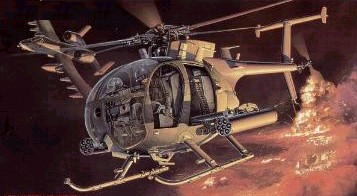
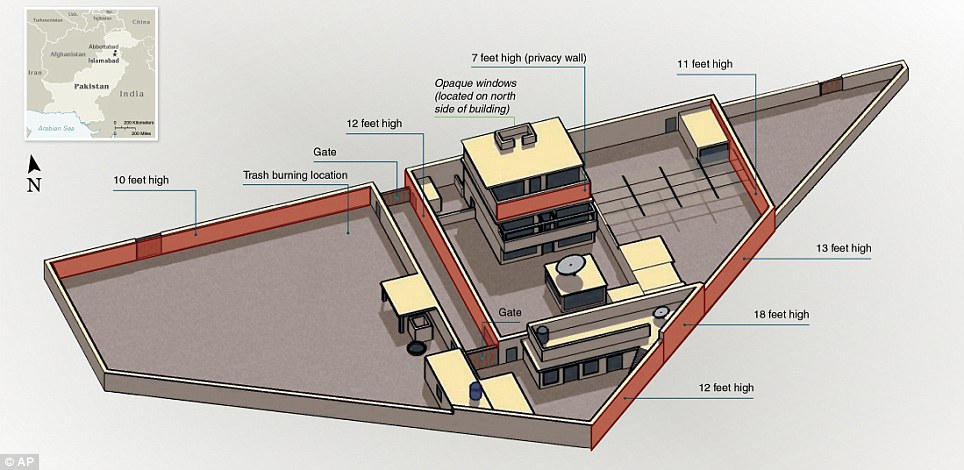
Stealth MH-60 Crash Wreckage--and 3 dead bodies inside the building--all young guys--sorry, no Bin Laden
http://cryptome.org/eyeball/reuters-dead/reuters-dead.htm

Pics are NOT that gruesome--so what's the excuse for no "Bin Laden" death picture?
So now you know "stealth helicopters" exist.
Not the stuff of "tin-foil conspiracy theorists".
Maybe there is more that's going on than what your narrow-minded prejudices tolerate?
